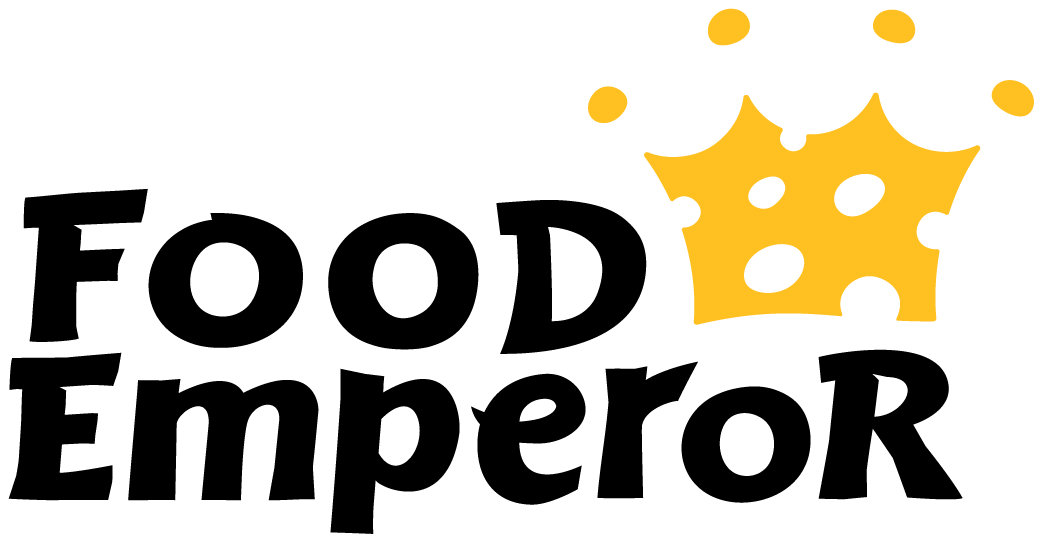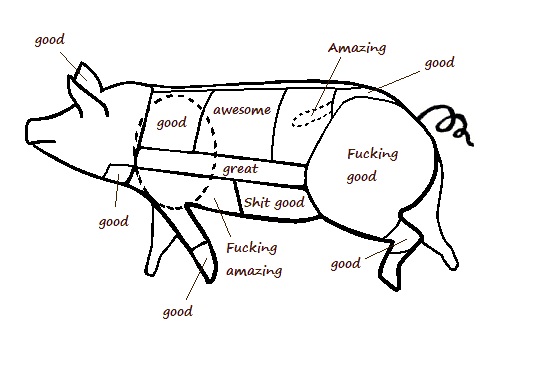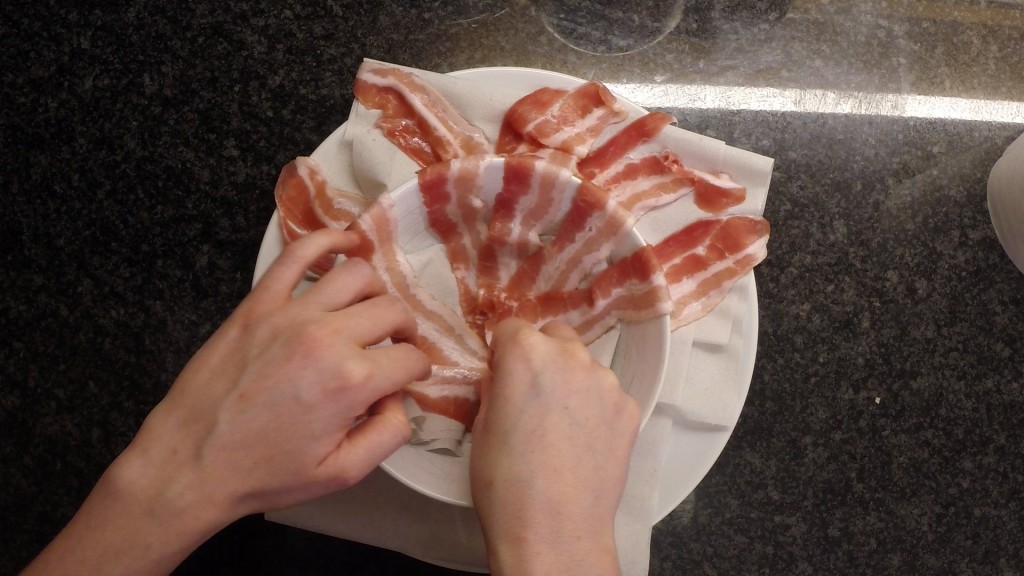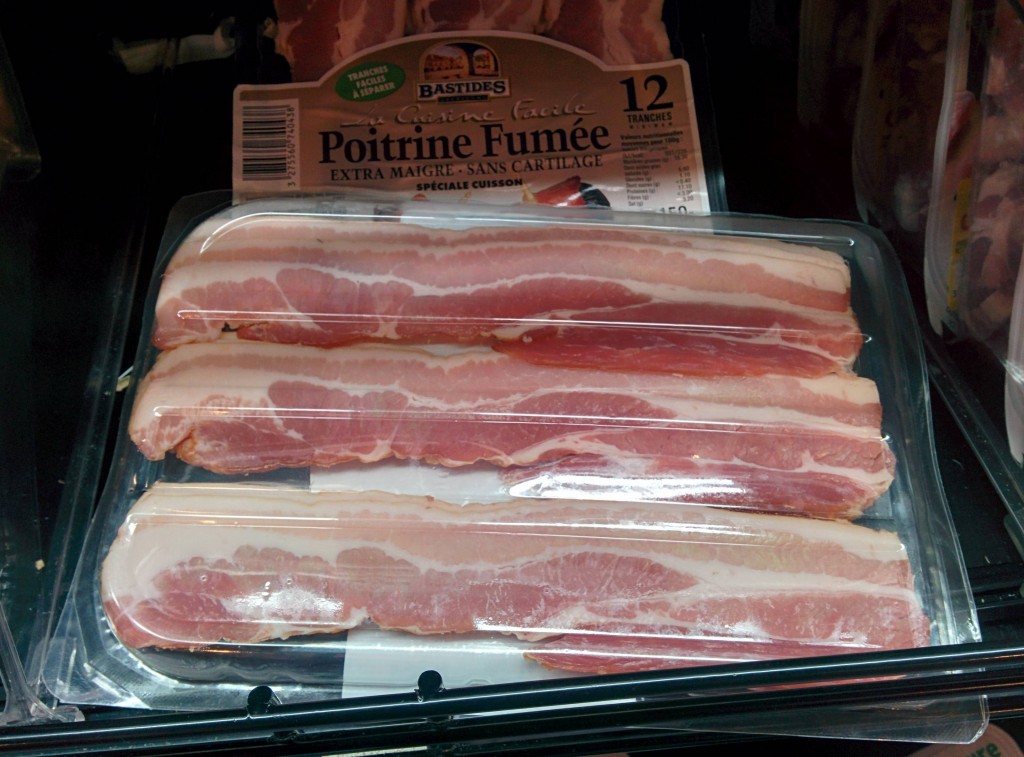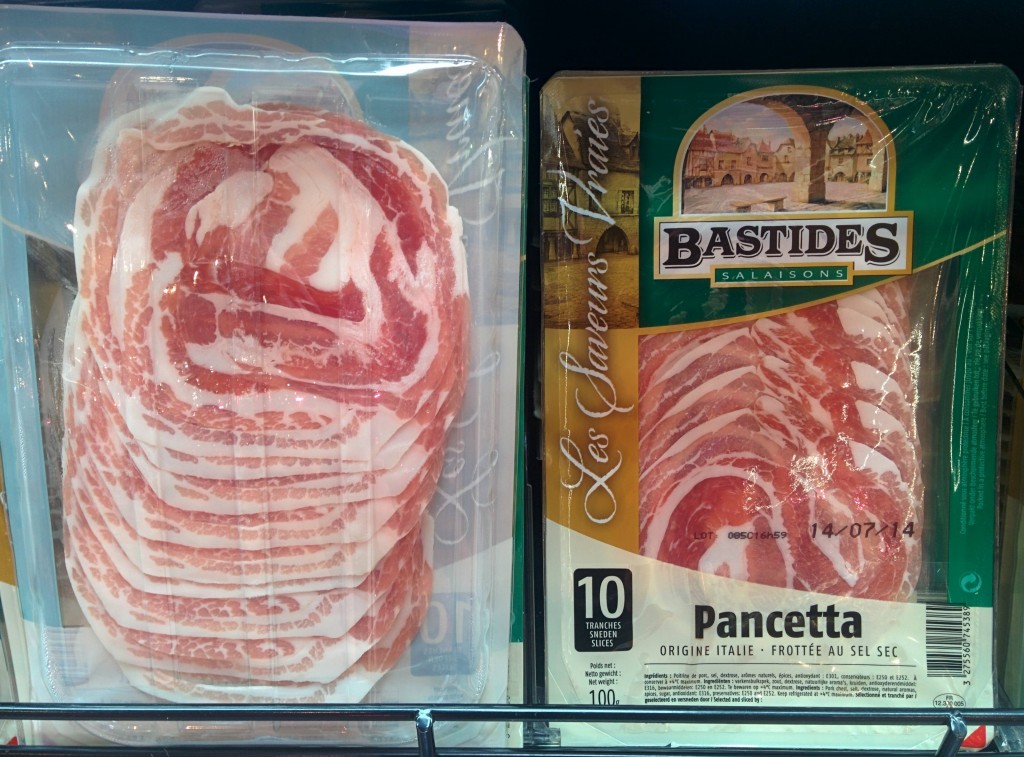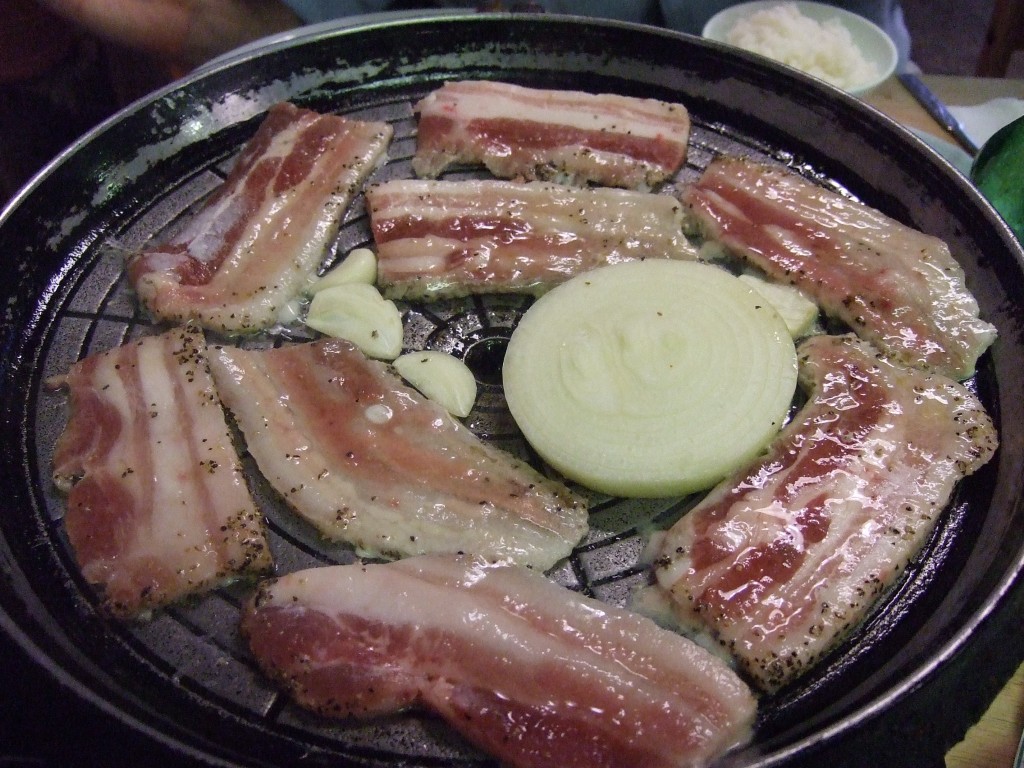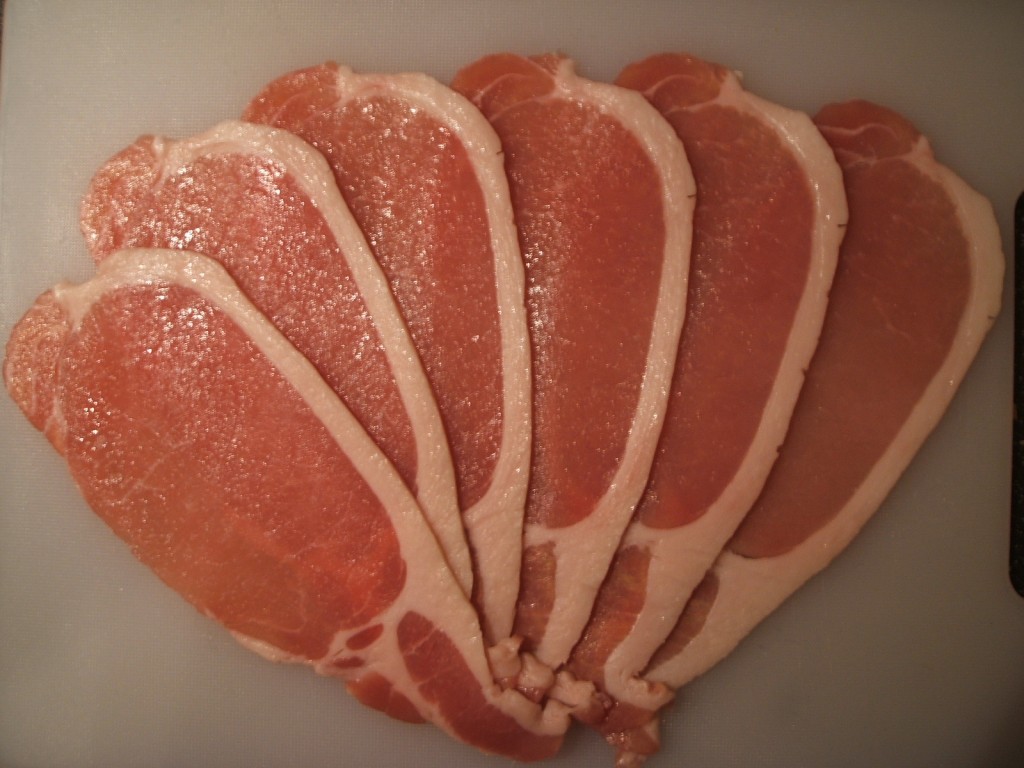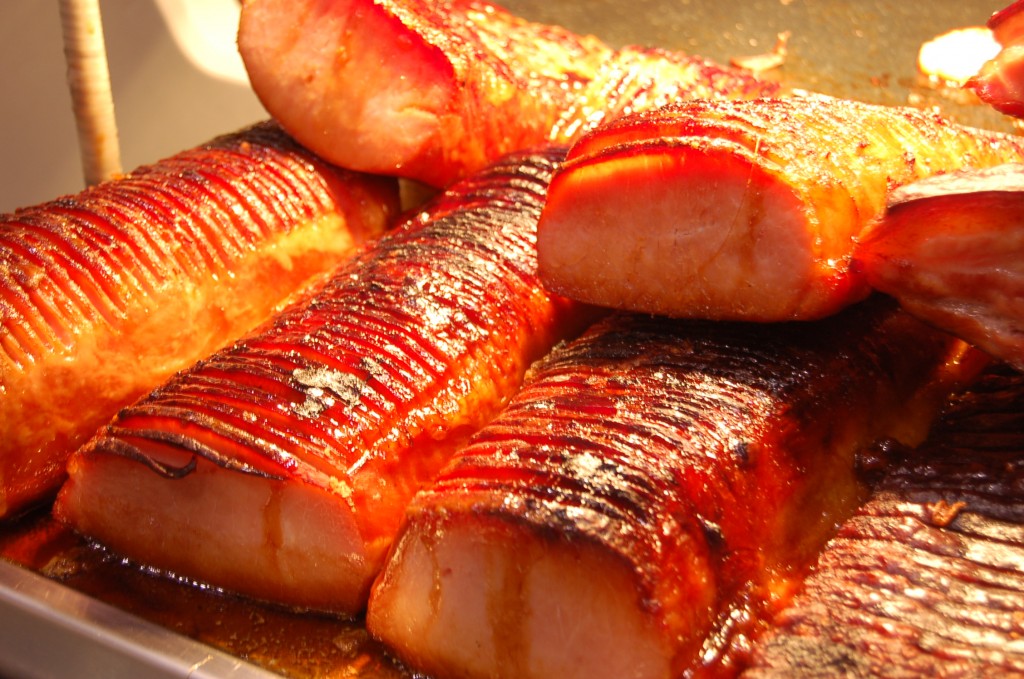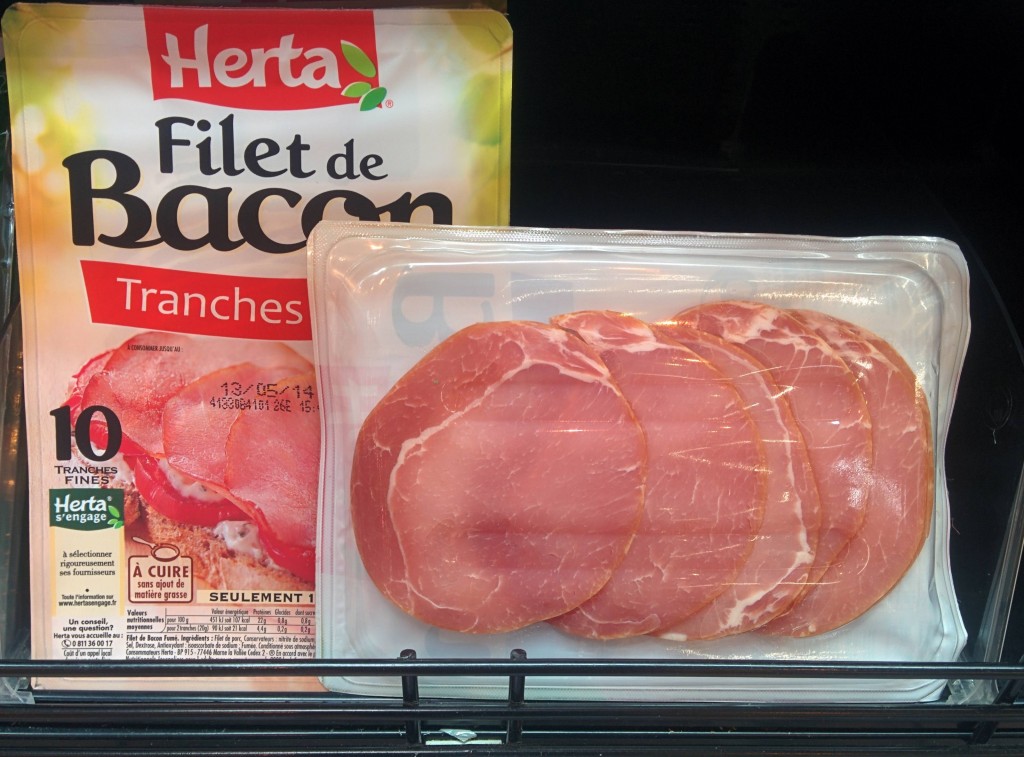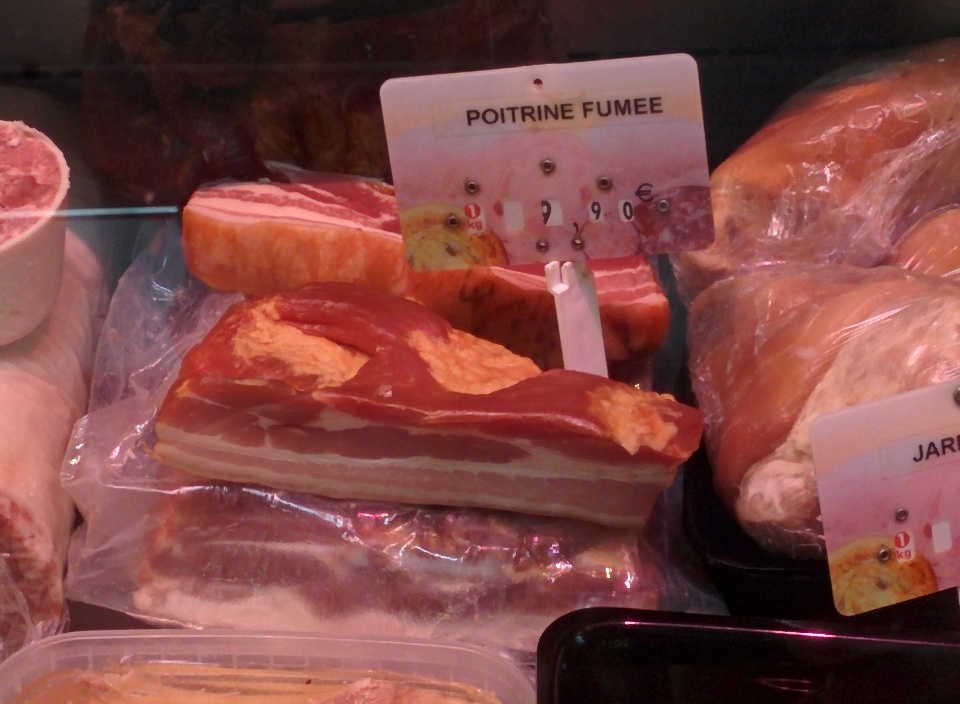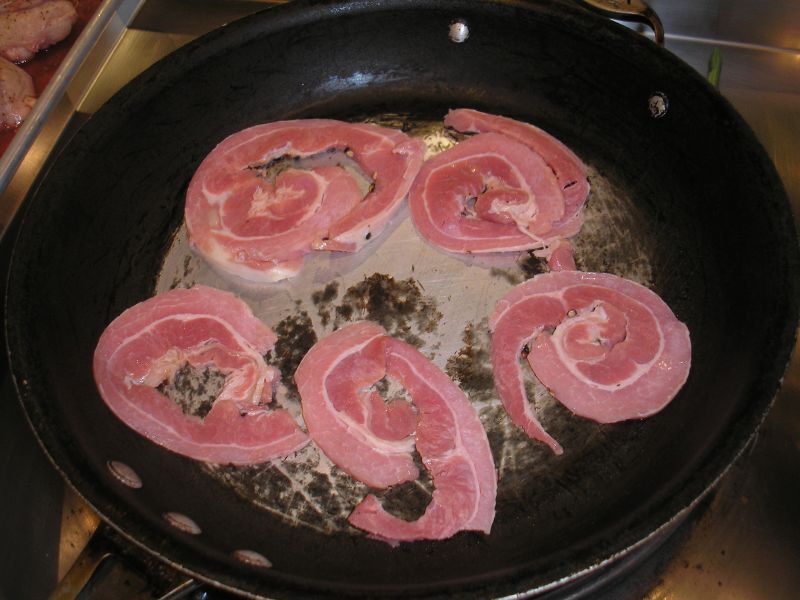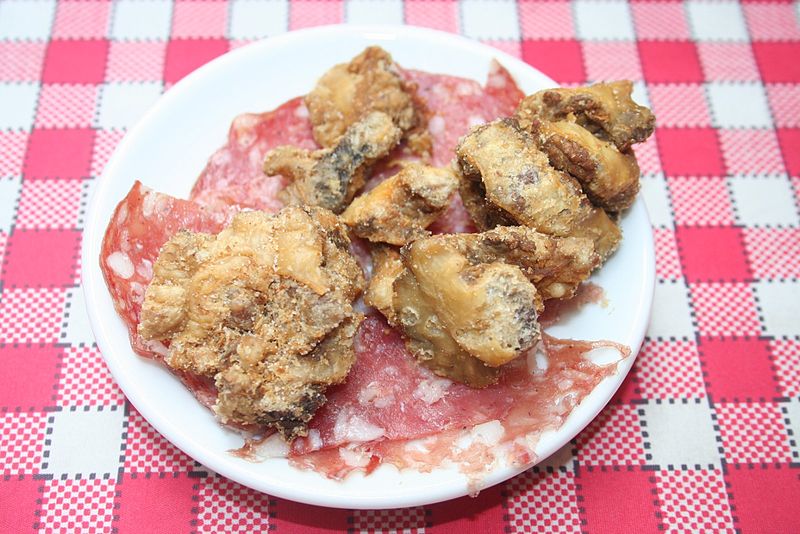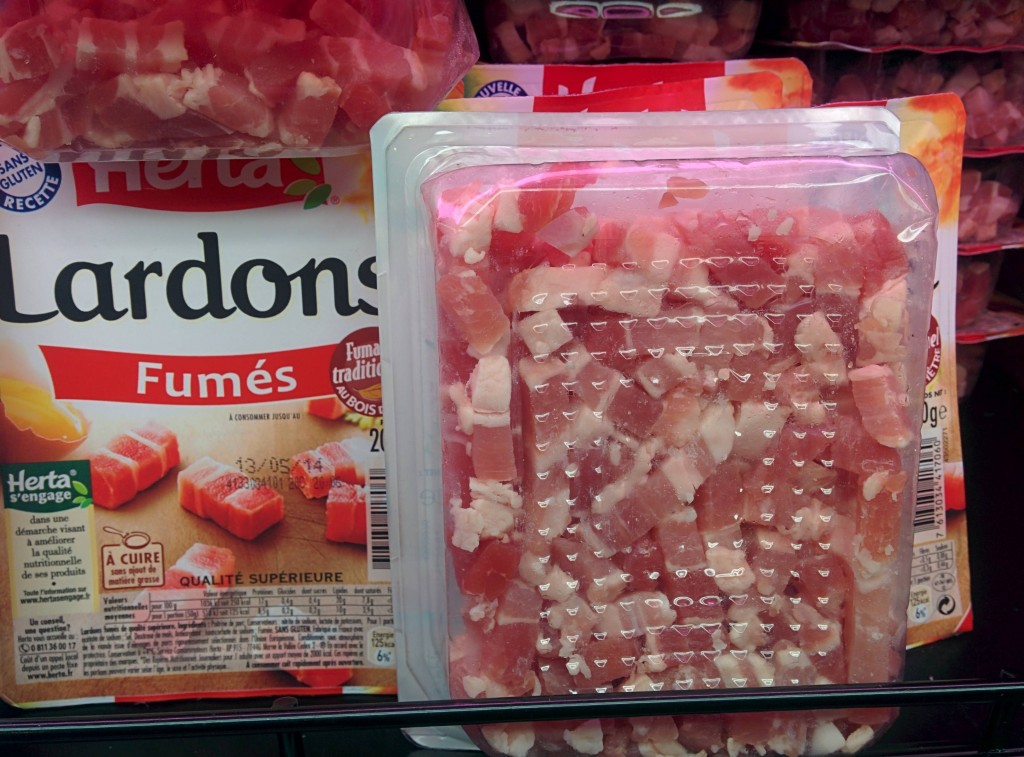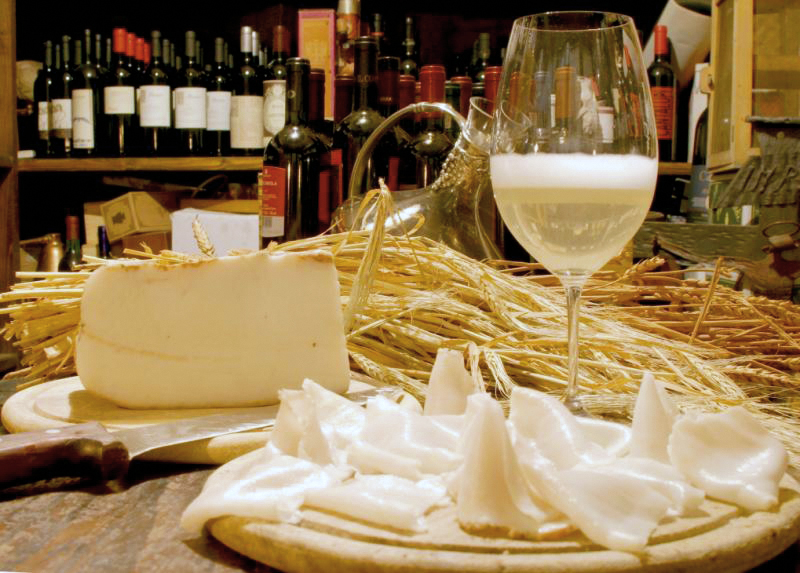Bacon

Pig is good.
And perhaps the most popular part of it is so beliked that it’s traded as a commodity on itself at the Chicago Commodity Exchange. I am of course talking about the pork belly, the main ingredient in bacon. Right? Well… It turns out when I say “bacon”, the French say poitrine fumée. When the French say “bacon”, I and the Americans say “Canadian bacon”, whilst the Canadians answer “we do have what you’re pointing at, but that is called back bacon“. The Italians are standing there, listening to us all, and they understand perfectly what the Americans mean when they say bacon, but the Italians themselves prefer to call it pancetta. And even if the pancetta sometimes looks like the American bacon, usually the pork belly is rolled instead, and not necessarily smoked. The English bacon is what the Americans call Canadian bacon, but with the fat strip intact. So the Brits don’t have their own “American bacon”, right ? Yes they do, and they call it streaky bacon. The Swedes mean “American bacon” when they say “bacon”, but if it’s heavily cured and thickly cut, it’s called fläsk. When the Swedish speaking population in Finland hear the word fläsk, they simply understand “fat”. To Italians, cured pig’s fat is a delicacy called lardo not to be confused with the English and French word lard, which in Swedish, by the way, is called späck.
Confused ? Good, you should be. But keep on reading, everything is gonna be alright.
You’re French, and you’ve never ever seen an American movie, hence do not comprehend what Americans call bacon, and now your life depends on having bacon at your convenience. What do you do? Or, you’re American and when standing on the streets of Paris, you realize that everywhere you look for bacon, you just see “Canadian Bacon”. Perhaps you’re Swedish, in France, and when asking for bacon, they all point at round ham look-alike pieces of meat and you have no idea what’s happening.
 What the hell is bacon ?
What the hell is bacon ?
The word “bacon” comes from the Old Franconian work bakō which designed sliced meat from the pork side and from old french “bacun” which meant “ham”. It consists of pig meat cured or brined, and sometimes also treated with nitrates to stabilize its color and accelerate the curing. Sometimes it’s dried, sometimes it’s not. If you live in the US, the bacon is per definition smoked, and I agree with that definition. Bacon that hasn’t been boiled beforehand needs to be cooked before being consumed.
The definition of bacon is vast, and an broad number of different cuts and different kinds of bacon is available, and all of there are amazing.
- Belly bacon, or “streaky bacon” refers to long strips of meat coming from pork belly, cured and smoked, common in the US. United State Department of Agriculture even define “bacon” as “the cured belly of the swine”. However, the USA don’t have a monopoly on belly bacon.
You can find the exact same cured and smoked streaky bacon in France, under the name poitrine fumée. This is often matter of confusion for Americans visiting France, because in France the word “bacon” refers to the round back cut bacon separated from its fat.
A rolled and “thinnerly-sliced” equivalent to the American streaky bacon exists in Italy and is called pancetta.
In Korea,sliced non-marinated, uncured, pork belly bacon can be found under the name of Samgyeopsal.
In Zeeland, a Southern province of the Netherlands, you can find Zeeuws spek. Unlike American streaky bacon of French poitrine fumée, you buy it already cooked, marinated in mustard, soy sauce, oil, garlic, onion, and paprika.
- Back cut, also called “eye” comes from the loin, and therefore less fat than the belly cut. It is the most common cut used in France, the UK and Ireland. It also exists in the US under the nickname of “Canadian bacon”, although it is not the most common bacon existing in Canada. In France and Canada, the fat is usually trimmed from the back bacon, while in the UK the fat is left on the meat, as well with a piece of streaky belly bacon. The most common version of back cut bacon existing in Canada is called “peameal bacon”. It is brine, then rolled in ground yellow cornmeal.
- Middle cut: This type of bacon is cut from the side, and includes both the back and the streaky bacon. It is the most common cut in Australia and New Zealand.
- Jowl cut: from the cheeks. In Italy, slices of jowl bacon are called guanciale, they are cured with salt, sugar, herbs, and spices ; while in the US, jowl bacon is also smoked.
- Cottage cut: It comes from the shoulder of the pork. It is used as the streaky bacon, but is healthier because it is less fat.
- Picnic cut: It also comes from the shoulder, but beneath the blades. The different pieces are then pressed together to be shaped into streaky bacon.
- Slab cut bacon comes from swine belly, but is not chopped into streaky slices or dices.
- Hock cut bacon comes from the ankle
- Collar cut bacon comes from the back of the neck
- Gammon cut: The name comes from old French “Gambe”, meaning “leg”. Hence, this type of bacon comes from the hind legs of a pig.
- Turkey/Chicken bacon: I will briefly talk about the turkey and chicken alternatives to pork bacon. Although they are way less tasty than the pork equivalent, they exist, and are often consumed for religious of health reasons. Turkey bacon consists in fact in pieces of turkey that were chopped and then reformed into a bacon shape.
- Beef/lamb/goat bacon: It is less fat and usually not cured.
- Fakon (also called Vegetarian bacon): I can’t live in Sweden and forget about. Up here, 1 out of ten person won’t eat meat bacon for some hippy reason that is beyond me. But they can still eat bacon, or at least a nasty meat-substitute slices of something they call “bacon”. Vegetarian “bacon” is usually made out of soy or tofu, but sometimes also tempeh or coconut.
What the hell is lard ?
If it was not confusing enough with the bacon, here, it gets tricky. If you are American and ask for “lard” in France or Italy, you might be surprised of what you get.
In English, “lard” is a soft and shiny substance obtained by melting pig fat. In French, it is called saindoux, and in italian strutto.
If saindoux means “lard”, then what does lard means in French ? Lard, in French, is a generic term designating pork cuts in the fatback, the breast, or the belly. Two main types are distinguished: the lard maigre (“meagre” lard) that comes from pig belly or breast, and the lard gras (“fat” lard) that come from fatback and is often used to bard meat (i.e. covering a piece of meat with thin slices of fat attached with strings to prevent it from drying while cooking). In France, lard coming from pig belly is rolled, cured, and sometimes smoked to make ventrèche, which is the French equivalent to pancetta.
French saindoux, i.e. “lard” in English, comes from lard gras. It used to be used as a substitute for butter or oil which were way more expensive. Its high smoke point makes it adapted to frying. Due to its strong taste and astringency, lard is good to use with pork, sauerkraut, biscuits, and some pastries. After having cooked their saindoux, the French use the remains in the bottom of the pan, and make a confit out of it to create a traditional appetizer called gratton.
Another false friend in French is the word lardon. Those are simply small dices of french lard maigre, i.e. diced pig belly, smoked or not.
In Italy, you may hear the word lardo. Here again, it is a false friend, since it means neither lard (English), nor lard (French), nor lardon. Lardo is Italian delicacy, a kind of charcuterie constituted of pig fat cured with sea salt, black pepper, rosemary, and garlic, on conche, Italian marble ponds, elaborated in a hamlet in Tuscany called Colonnata.
To summarize
If you are American (i.e. USA) or North European (excl. UK) or East European or East/South East Asian:
1. Looking for bacon ?
- In France, ask for poitrine fumée.
- In the UK, ask for streaky bacon.
- In Italy, you need to ask for pancetta affumicata. Note that it sometimes comes rolled upp (i.e arrotolata), usually in the north of the country, and cut into round pieces. If you want your classical American bacon, make sure you ask for the flat one (i.e stesa), typically found in the south of Italy. There’s also none smoked pancetta, but that wouldn’t really be bacon, now would it?
2. Looking for Canadian bacon ?
- In France, ask for bacon.
- In Canada, ask for bacon.
- In Italy, if you happen to be in Veneto, then look for schenal. Anywhere else, simply ask for il lombo di maiale affumicato.
3. Looking for lard ?
- In Germany, ask for schmalz.
- In France, ask for saindoux.
- In Sweden, ask for späck.
- In Swedish-speaking Finland, ask for fläsk.
- In Italy, ask for strutto.
4. Looking for simple pig belly ?
- In Germany, ask for speck.
- In France, ask for lard.
- In Sweden, ask for fläsk.
If you are French:
1. Looking for “bacon” ?
- In Canada, ask for bacon.
- In the USA, ask for Canadian bacon.
- In Italy, ask for lombo di maiale affumicato.
2. Looking for “poitrine fumée” ?
- In the USA, ask for bacon.
- in Scandinavia, ask for bacon.
- In Italy, ask for pancetta affumicata (if you ask it arrotolata, then you’ll get an equivalent to ventrèche).
- In the UK, ask for streaky bacon.
3. Looking for “lard” ?
- In the USA, ask for pig belly.
- In Germany, ask for speck.
- In Sweden, ask for fläsk.
4. Looking for “saindoux” ?
- In the USA, ask for lard.
- In Germany, ask for schmalz.
- In Sweden, ask for späck.
- In Swedish-speaking Finland, ask for fläsk.
- In Italy, ask for strutto.
Wherever you are from, if you visit the following countries don’t forget to try:
- In France: try ventrèche (cured and dried pig belly), lardons (diced pig belly, smoked or not), grattons (grilled pieces of pig, goose, or duck fat), if you are in Corsica try bulagna (smoked and dried pork jowl), if you visit the Reunion Island have some boucané.
- In Italy: try guanciale (cured pork cheeks, also calle baffo), prosciutto (dry and cured ham), coppa (dry and cured slices of pork shoulder), lardo (cured slices of pig fat).
- In Korea: try samgyeopsal (uncured bacon).
- In the Netherlands: try zeeuws spek.
- In Canada: try peameal bacon.
- In Hungary: try szalonna.
